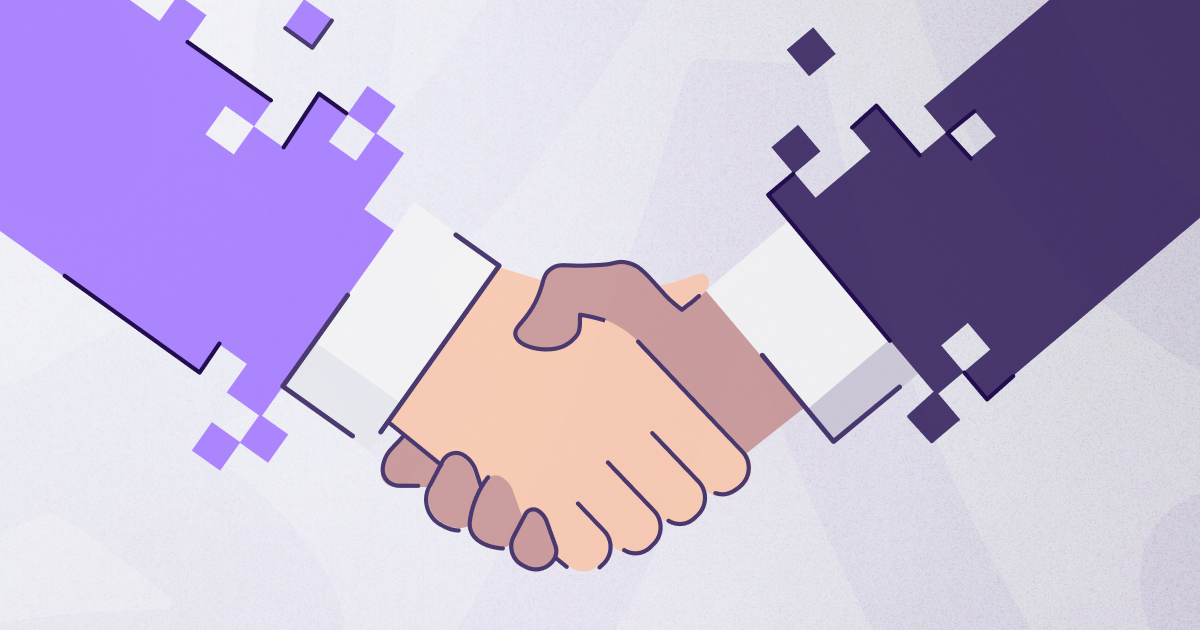
Microtransactions
Microtransactions are virtual purchases made inside apps using real money. Examples include subscriptions, character customization options, and virtual currencies.
What are microtransactions?
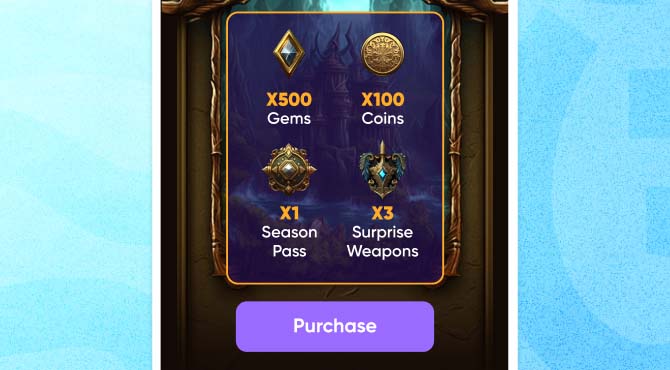
Microtransactions (MTX) are a business revenue model where users make micropayments within apps to access special features, characters, abilities, or content.
If you’ve ever played Call of Duty or PUBG, chances are you’ve made a microtransaction, a common feature in gaming apps.
Developers regularly update these games to maintain player interest, which users support through in-app purchases and subscriptions, gaining additional perks to enhance their gameplay. At the same time, developers get the necessary funding to make these updates and expand.
But here’s the thing: microtransactions aren’t just for games anymore. They’re starting to change how we buy stuff online, chat with friends, and even get news and entertainment.
Experts say that the market for these online microtransactions could be worth billions more than it is now, growing at 10.4% CAGR. For context, this will boost the market size from $73.27 billion in 2023 to $80.88 billion in 2024.
That’s a huge jump, showing how much people are into buying in apps.
The rise of microtransactions
South Korean gaming company Nexon introduced the idea of buying cosmetic items like clothes and accessories in their game, The Kings of the Winds, using real money back in 1999.
But Nexon didn’t stop there. The company also used microtransactions in another game called QuizQuiz that same year. Then, in 2000, another company called Sulake jumped on the bandwagon. It allowed players to buy virtual furniture and other cool stuff with real money in their game Habbo Hotel.
As the years rolled on, more game developers caught on to the idea. They started offering games for free, like League of Legends. Gamers could play the base game without spending a dime. But if they wanted extra items or boosts, they would have to buy them with microtransactions.
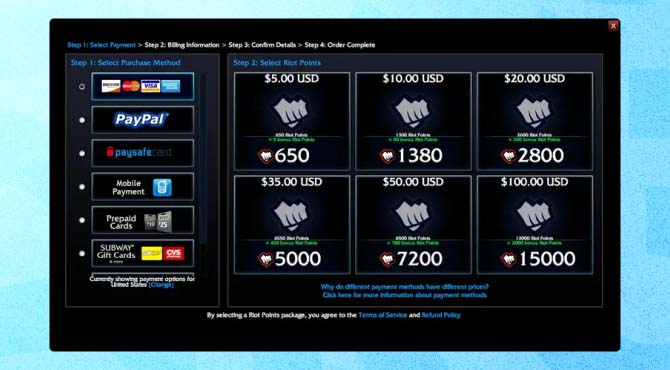
However, microtransactions really took off when smartphones and app stores became super popular.
Suddenly, everyone had easy access to games and could make these little purchases with just a few taps. Online gaming communities and multiplayer games were booming, making microtransactions a big part of the gaming world.
Games like FIFA and Clash of Clans have played a huge role in making microtransactions even more popular. They showed players how much fun it is to enhance their gaming experience with these small purchases.
Examples of microtransactions
Generally speaking, you can categorize microtransactions into two categories:
- Fixed rewards: Users receive a fixed reward for specific actions. Examples: skin purchases and character upgrades.
- Random rewards: Users get a reward randomly for a particular action. Examples: loot boxes and crates.
Keeping this in mind, let’s dive into the main types of microtransactions you can consider offering in your app:
1 — Small purchases
These microtransactions allow users to buy in-game items or advantages for a small fee. For example, in games with limited lives, players can purchase extra lives to continue playing without waiting for lives to regenerate. These purchases are typically cheap, often costing a dollar or less, making them accessible to more players.
2 — Skins and customization
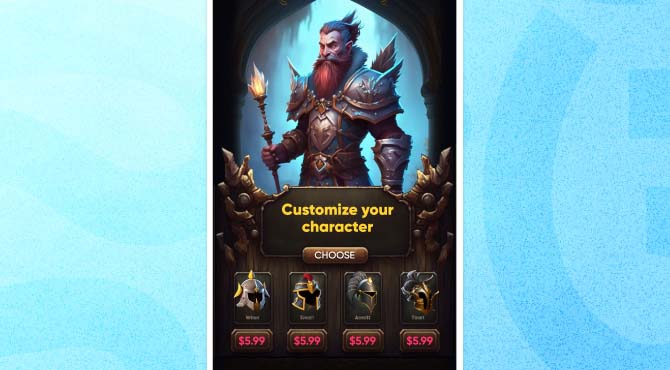
Players can personalize their gaming experience by purchasing cosmetic items like character skins, outfits, or accessories. These items don’t affect gameplay but allow players to express their cool, unique style within the game world. For example, in a shooting game, players might buy different weapon skins or character outfits to stand out from other players.
3 — In-game currency
Users exchange real money for virtual currency within the game and use it later to purchase items, upgrades, or other in-game content. Buying in-game currency can be handy for players, letting them get what they want faster. But some worry it could make the game unfair, giving an edge to those who spend more money.
4 — Loot boxes
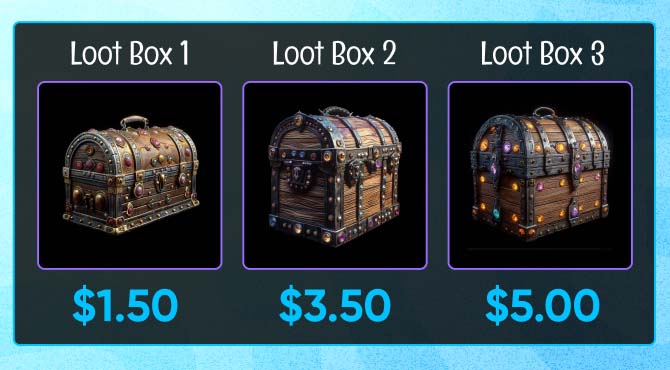
Loot boxes are randomized microtransaction bundles that contain a variety of in-game items, ranging from common to rare.
Users purchase loot boxes with real or in-game currency and receive a random selection of items each time. While loot boxes can add excitement and surprise to the gaming experience, they’ve also been criticized for resembling gambling mechanics and potentially exploiting players’ desire for rare items.
5 — Expansion packs
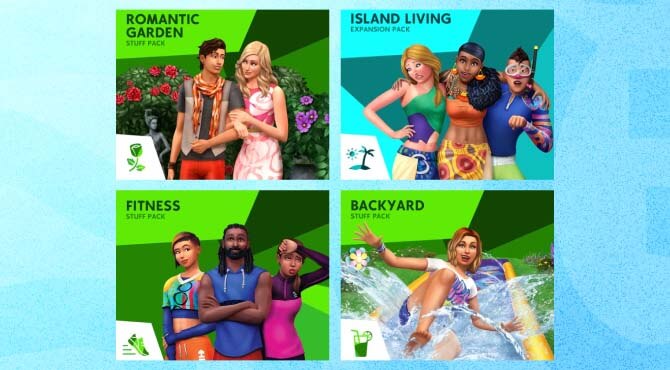
Expansion packs are major content updates or expansions released after a game’s initial launch. These packs often introduce new storylines, characters, locations, or gameplay features, significantly expanding the game’s content and replay value.
Players can purchase expansion packs as downloadable content (DLC) to access additional gameplay experiences beyond the base game.
6 — Bonus purchases
Bonus microtransactions offer additional rewards or incentives to players when they make a purchase. For example, buying a bundle of in-game currency might come with extra bonus currency or exclusive items as a reward for the purchase. These bonuses aim to provide added value to players and incentivize them to spend more money on the game.
7 — XP boosters
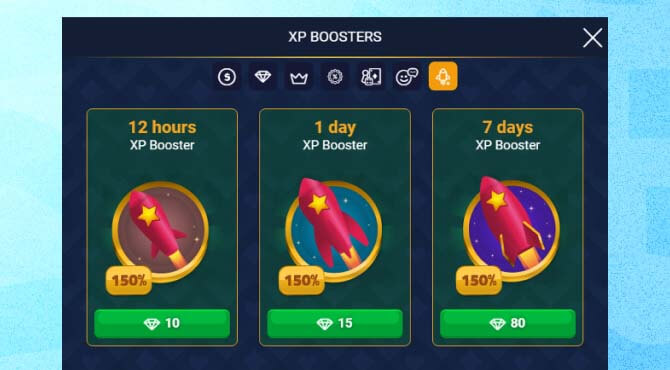
Players can accelerate their progression through the game by earning experience points faster. Purchasing XP boosters lets players level up more quickly, unlocking new content and abilities faster than through regular gameplay.
However, this can create an imbalance between players who choose to pay for boosters and those who prefer to progress naturally.
8 — Pay-to-unlock
Pay-to-unlock microtransactions let players skip parts of the game by paying to access locked content, characters, or levels. Instead of completing tasks or challenges, they can simply buy their way through.
Unlike XP boosters which usually focus on gaining levels, these offers give players flexibility in how fast they are able to access certain parts of the game. But it might take away the satisfaction of beating the game without shortcuts.
9 — Limited-use items
Some games offer consumable items or power-ups that players can purchase for temporary boosts or advantages. These items typically have limited uses and can be replenished by purchasing more with real or in-game currency.
This way, players can gain temporary advantages without permanently altering the game’s balance.
10 — Holiday themes

During special occasions like Halloween or Christmas, game developers release themed content such as exclusive items, characters, or decorations. These holiday-themed microtransactions add a festive touch to the game, encouraging players to engage with the seasonal content.
Why are microtransactions important?
If you’re still wondering if implementing microtransactions is worth the effort, here’s a list of potential benefits for your app:
Maximizes revenue generation
The small payments from microtransactions add up quickly, becoming a significant source of revenue for your game.
Consider games like Fortnite or Candy Crush. Players spend micro amounts to buy in-game items or upgrades. This steady stream of income allows you to fund ongoing development, marketing efforts, and server maintenance without solely relying on initial game sales.
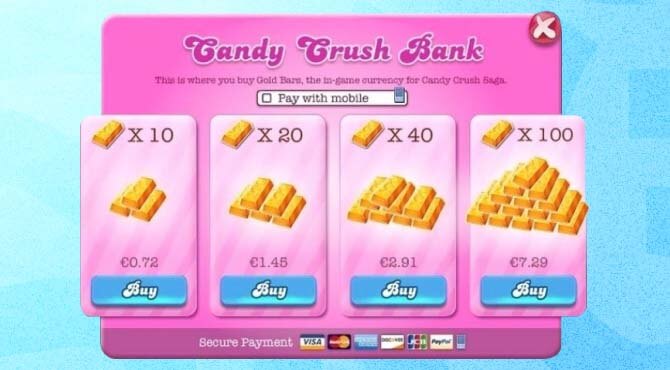
Consequently, it ensures a more stable income flow over time, increasing financial sustainability.
Enables sustained game development and upgrades
Microtransactions provide the necessary funds to support ongoing game development and upgrades.
With a steady income from microtransactions, you can afford to invest in new features, content updates, and bug fixes to keep your game fresh and engaging. Grand Theft Auto Online, for instance, regularly releases new expansions and content updates funded by microtransactions.
This continuous development cycle helps retain existing players and attract new ones, ensuring sustained app success in today’s saturated gaming market.
Expands game reach
Another microtransaction benefit is more accessible gaming.
By offering free-to-play options with optional microtransactions, you remove financial barriers for the wider audience. For example, Pokémon GO allows players to download and play for free, but they can choose to spend money on in-game items or boosts.
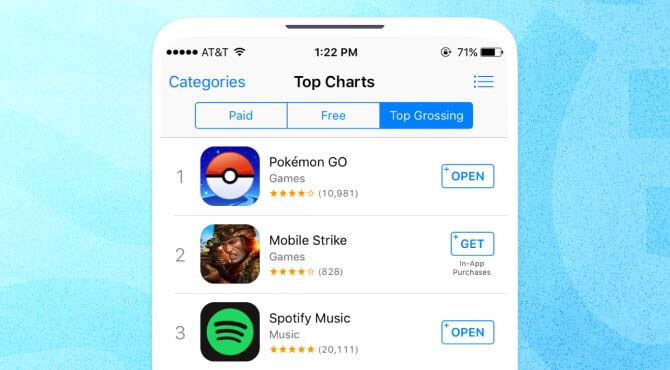
This accessibility expands your player base, increasing potential revenue streams and creating a more inclusive gaming community.
Improves player experience at a low cost
Players can tweak characters, unlock levels, or access exclusive content through microtransactions, enriching their game experience. All without the hefty upfront costs.
For instance, League of Legends offers cosmetic skins and character unlocks through microtransactions, letting players personalize their gameplay without breaking the bank. This cost-effective approach fosters user engagement and loyalty, paving the way for long-term revenue growth.
Challenges for microtransactions
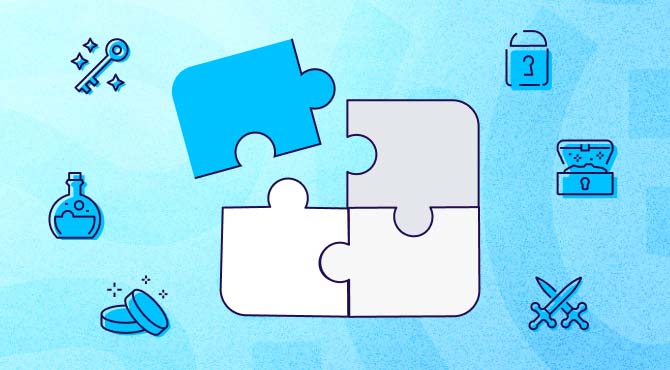
In addition to the benefits, microtransactions also have a dark side. Be prepared to encounter the following challenges:
Handling unfair advantages
When players can simply buy powerful items or upgrades, it makes the game unbalanced. Those who spend more money progress faster or perform better, leaving others feeling frustrated or left behind.
This undermines the spirit of fair competition and may lead to resentment among players.
Balancing fair progression pathways
Ensure players can still progress and enjoy the game without feeling pressured to make purchases. Progress should be based on skill and effort rather than the ability to buy unlocks or boosters.
Finding this balance is essential to preserve the integrity of the gameplay experience and keep players engaged in the long term.
Navigating regulation and compliance
The gaming industry faces increasing scrutiny regarding microtransactions, particularly concerning their potential to resemble gambling. Governments and regulatory bodies are taking a closer look at these practices, leading to calls for stricter regulations and compliance measures.
You need to figure out the changing rules and laws and make your microtransaction systems fair and clear to users.
Tailoring monetization strategies
Microtransactions don’t work for every game, especially ones where players already pay upfront or expect everything in the base game.
In these cases, you need to think about different ways to monetize your gaming app. This could mean adding more stuff to buy through expansion packs, asking players to subscribe, or offering different plans with special features.
The key is to understand what your players want to figure out how to make money from your game.
Safeguarding against addiction risks
The randomness of loot boxes can make people spend too much money without realizing it. And as we touched on above, there’s a similarity to gambling that may get people addicted — and that can be a problem.
Think about how loot boxes and other microtransactions might affect players. Then implement measures to stop addiction by ensuring players know how to play responsibly.
The future of microtransactions
As microtransactions evolve, they’re expanding beyond gaming. One area of growth is in-car online payments, where you may soon pay for things like parking or food without leaving your seat.
eSports is another area where microtransactions are growing. Players can buy virtual items or support their favorite teams, enhancing their gaming experience. Media companies might also start offering articles or videos for small fees instead of requiring subscriptions, giving people more flexibility.
What’s more, artificial intelligence could play a big role in realizing this future.
AI can learn about users and offer personalized deals, making microtransactions more appealing. It could also make transactions smoother, with AI chatbots helping consumers navigate purchases easily.
As technology advances, AI might be key to shaping how microtransactions work and making them more versatile and accessible across various industries.
Key takeaways
- Microtransactions are virtual purchases made within apps using real money. They’re a vital revenue stream for apps and games, funding ongoing development and upgrades. Microtransactions also make gaming more accessible by removing financial barriers and fostering a more inclusive gaming community.
- Common examples of microtransactions transactions include character customizations, loot boxes, and in-app currencies — all aimed at enhancing player experiences. Players can also pay to progress faster or unlock extra content.
- Challenges for microtransactions include concerns about unfair advantages, balancing progression pathways, regulatory compliance, tailoring monetization strategies, and safeguarding against addiction risks.
- Despite challenges, the future of microtransactions looks promising, driven by advancements in technology and the expansion of microtransactions into diverse industries beyond gaming. Growth areas could include in-car payments, eSports, and media.
- AI presents opportunities for personalized deals and smoother transactions in microtransactions, potentially reshaping their future and enhancing accessibility across industries.

